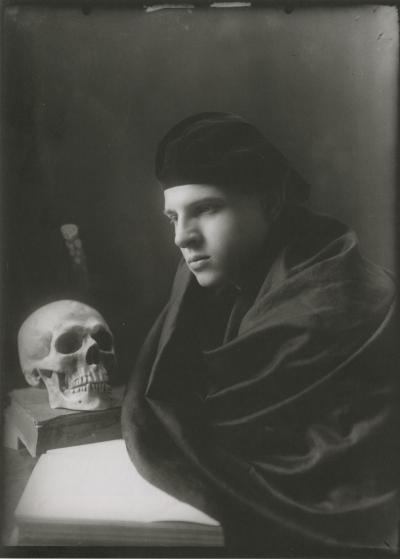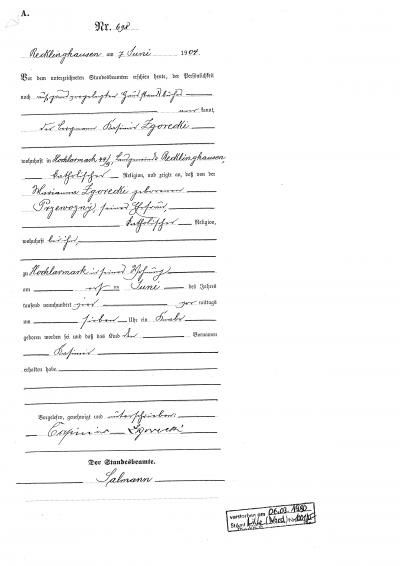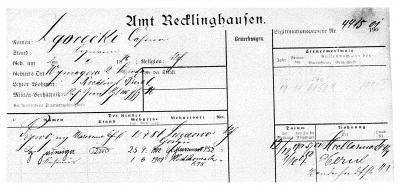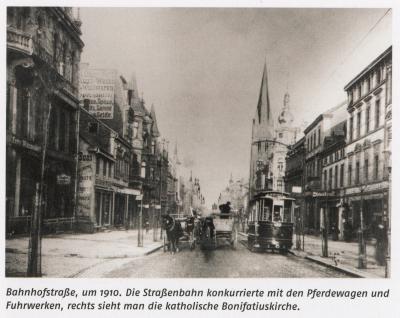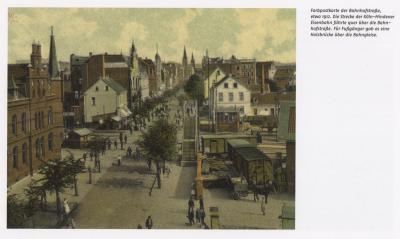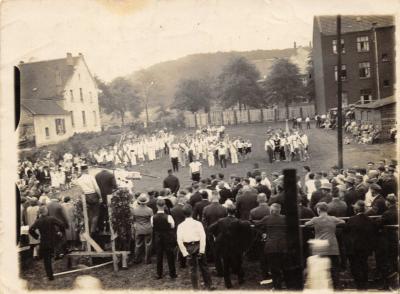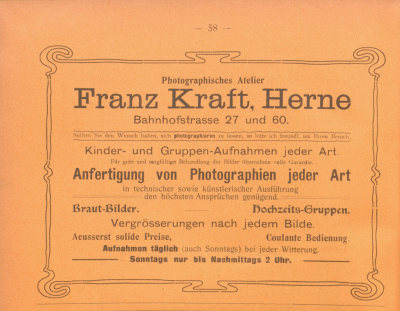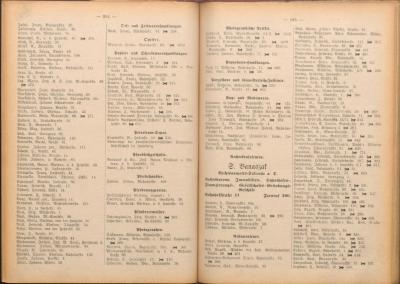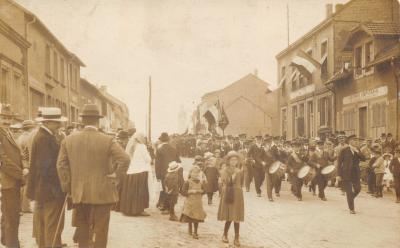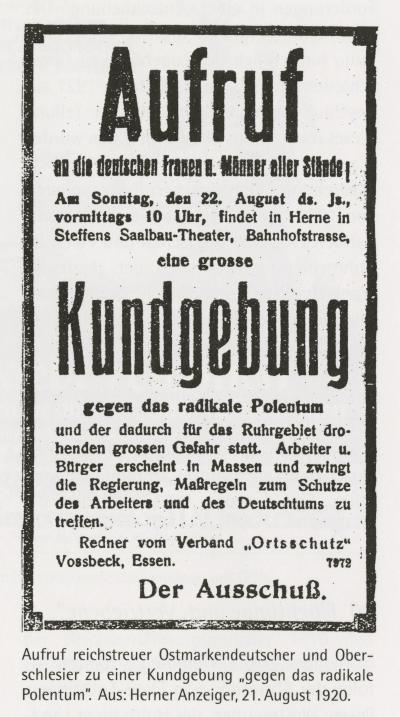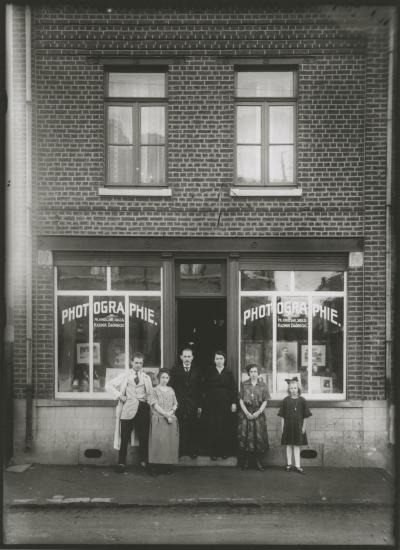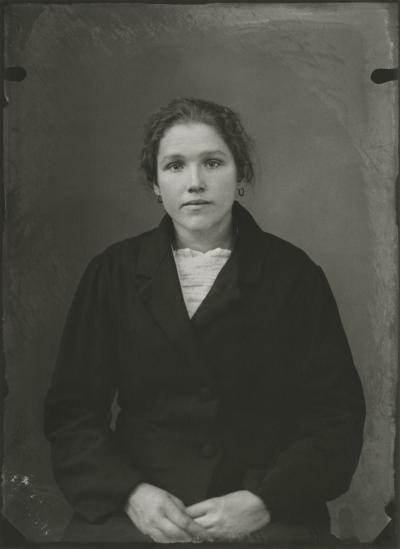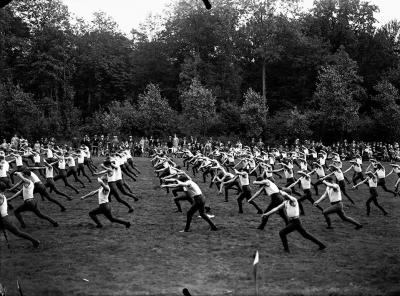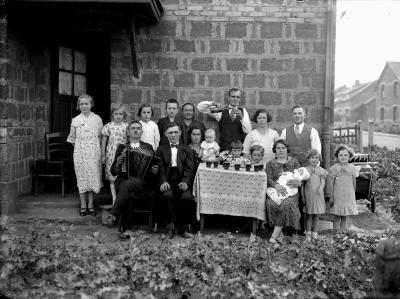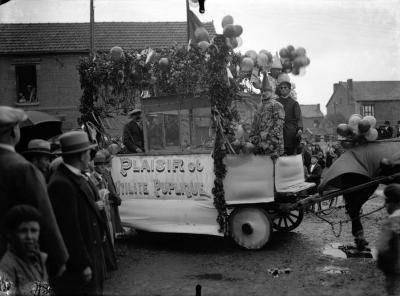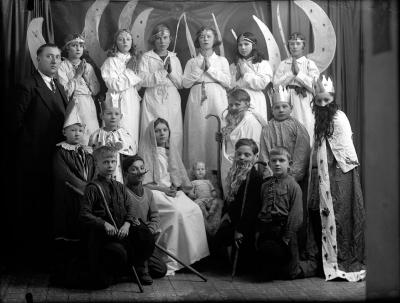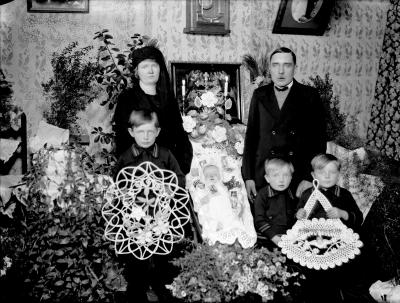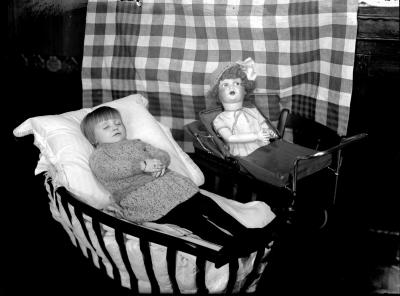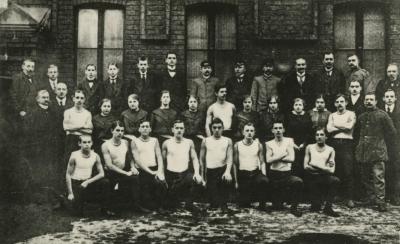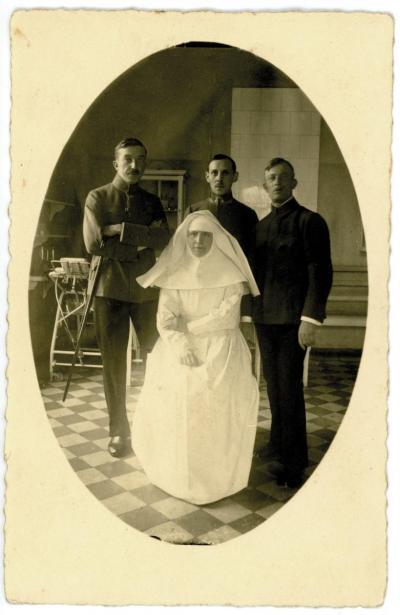Kasimir Zgorecki (1904-1980) – from Recklinghausen to the pantheon of French photography
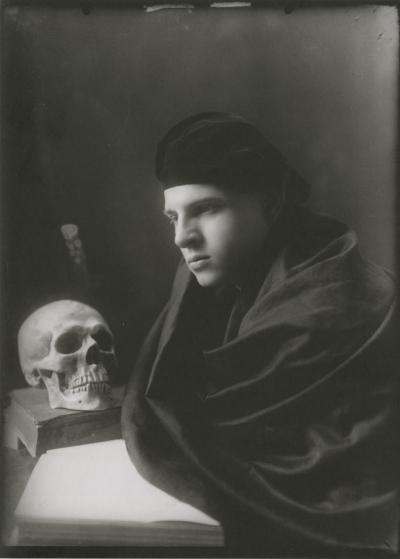
Kasimir worked by his father’s side in the mine for six months.[57] The family lived in Rouvroy, a town in which the Polish community had settled, particularly in the Nouméa quarter. Many traders carried on their businesses in this quarter, including Kasimir’s brother-in-law François Kmieczak, who ran a photography studio there.[58] in August 1924, Kasimir took over the studio from his brother-in-law, who introduced him to photography and laid the foundation for Kasimir’s success between 1924 and 1939[59] The studio had a customer area, a photographic room and an area for recording films.[60] A family photo in front of the studio shows the lettering “François Kmieczak-Successeur (=successor) Kasimir Zgorecki” in the shop window and is evidence that the renowned studio had been taken over successfully (see Fig. 13).
Frédéric Lefever, the administrator of Zgorecki’s photographs, suspects that Kasimir was moved to take over the photography studio because work in the mines, which was known to be physically very demanding, was not an attractive long-term prospect for him.[61] That is why he devoted himself to photography. He began initially with unusual self-portraits so that he could experiment with the light and he dressed up as a sad clown, an artist, Hamlet or a Hollywood actor.[62] These portraits point to a sensitive personality and indicate a conflict with his identity. In total, 30 self-portraits were found in the estate. However, Zgorecki’s later photographs mainly show people in the Polish enclave. The discovery also includes a lot of pictures of families and their employees in front of businesses. These photos mainly served to show family members in Poland that the family was enjoying social success in France.[63] They show an idealised reality in the diaspora. They also underline the decision to immigrate and demonstrate the successful integration into society.
When the obligation for all foreigners residing in France for more than 15 days to carry proof of identity was introduced in 1917, Kasimir created numerous passport photos with a neutral background against which people were photographed without showing emotion.[64] The people were shown from the front or from the side, usually not wearing their everyday clothes, and were photographed showing part of their upper body. Zgorecki generally photographed a lot of individuals. Amongst these photographs, the image of one young women in particular stands out: She was described in France as the “Polish Mona Lisa” (see Fig. 14) and also adorns the cover of the catalogue for the exhibition which the Louvre-Lens dedicated to Kasimir’s photographs in 2019.[65]
[57] Frédéric Lefever: Kasimir Zgorecki, p. 11.
[58] Henri Dudzinski: Les Polonais du Nord, p. 8.
[59] Frédéric Lefever: Kasimir Zgorecki, p. 11.
[60] Frédéric Lefever: Kasimir Zgorecki, p. 9.
[61] Email contact with Lefever in May and June 2020.
[62] Frédéric Lefever: Kasimir Zgorecki, p. 8.
[63] Frédéric Lefever: Kasimir Zgorecki, p. 27.
[64] Frédéric Lefever: Kasimir Zgorecki, p. 19.
[65] see: https://www.louvrelenp. fr/en/exhibition/casimir-zgorecki/ (zuletzt abgerufen am 26.06.2020)
